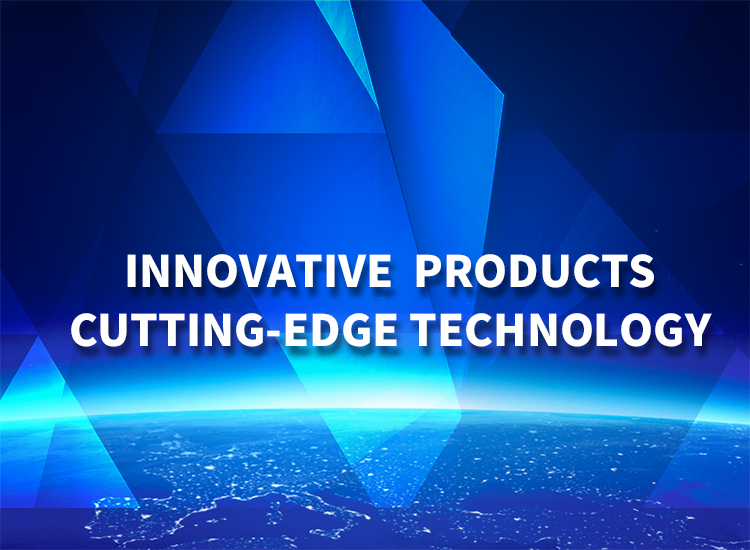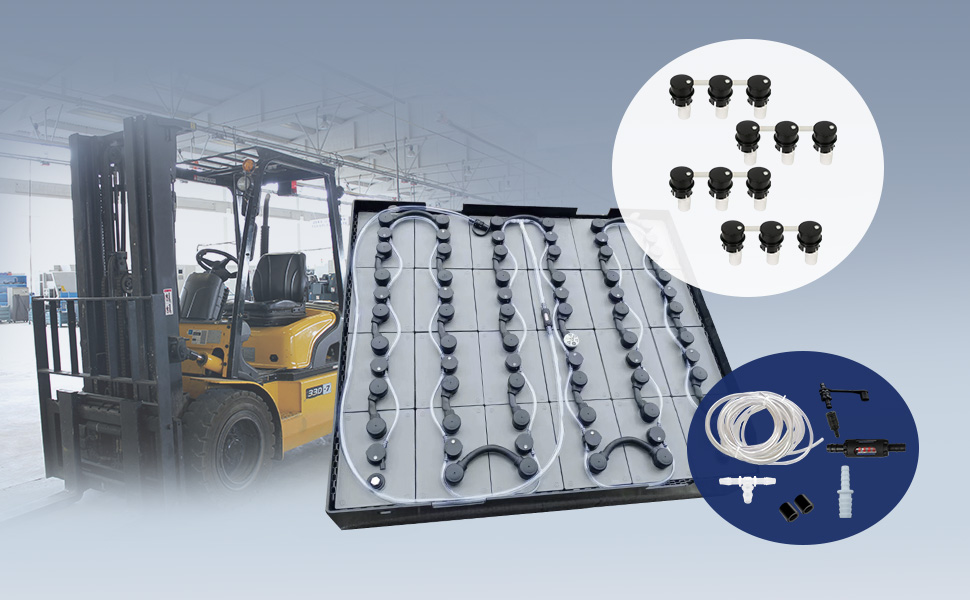欢迎您访问湖北联鸿能源科技有限公司网站,我司主营汽车蓄电池配件、工业蓄电池维护保养产品
全国咨询热线:0710-3313598


 Technology
TechnologyIndustrial forklift batteries work by storing chemical energy and converting it into electricity through a process called an electrochemical reaction. This process takes place inside the battery, which consists of a positive electrode (anode) and a negative electrode (cathode), separated by a porous material called a diaphragm. The electrodes are made of different materials, depending on the type of battery. For example, in a lead-acid battery, the anode is made of lead and the cathode of lead dioxide.
When a battery is charged, an electric current flows through the battery and causes a chemical reaction that converts the chemicals in the anode and cathode into different forms. For example, in a lead-acid battery, the lead in the anode is converted to lead oxide, while the lead dioxide in the cathode is reduced to lead. This chemical reaction stores energy in batteries that can power forklifts or other devices when needed.
When a battery is discharged, the process is reversed and a chemical reaction in the battery converts the stored energy back into electricity. This electrical energy is then used to power the forklift and its various systems, such as motors, lights and controls. The battery will continue to discharge until it is completely depleted, at which point it needs to be recharged.
At present, electric forklifts are very popular in the market, and the battery water is an important work in battery maintenance, which can help maintain its capacity, and can effectively extend its service life and operating time, not only reduce downtime, improve productivity, but also reduce the cost of replacing the battery. The problem of battery water shortage is very common, and efficient and convenient water refill method can improve efficiency and make maintenance more safe and convenient. Here to introduce the forklift battery water shortage how to do? And a more efficient and convenient way to hydrate.
Forklift battery in the daily charging process, the water in the electrolyte will be electrolyzed into hydrogen and oxygen, especially at the end of the charging, this time the temperature of the electrolyte is very high, the chemical reaction in the forklift battery is very intense, the electrolyte will bubble, the battery will heat, and the water in the electrolyte will be more easily electrolyzed into hydrogen and oxygen. Over time, the forklift battery will run out of water.
In fact, during the charging and discharging process of the battery for the electric forklift truck, due to the role of electrolysis and evaporation, the water in the electrolyte will begin to gradually decrease, which will make the electrolyte level drop. If at this time we have not been replenished in time, then it is possible to significantly shorten the service life of the electric forklift battery.

How to determine whether the forklift battery is short of water?
Generally, the battery level must be more than 10mm higher than the lead grid, and below this level, the battery can be regarded as in a state of water shortage, and distilled water or deionized water must be added in time. Not all water can be used to water a forklift, for example, tap water contains dissolved minerals and salts that can build up on the panels over time, severely shortening battery life and operating time. Therefore, deionized water is generally used, and the minerals and salts dissolved in the water are purified through the deion process, and deionized water can also reduce battery corrosion, which is considered to be the best choice for maintaining lead-acid batteries.
In daily work, forklift battery level detection is easy to be neglected by front-line operators, it is recommended that you be equipped with a battery water shortage alarm to help the driver confirm the status of the battery level, and remind the user to timely battery water maintenance, to ensure the normal use of the battery.
1. Artificial hydration
Artificial water supply is the need for the user one battery water, at the end of charging, our staff can visually check the level of the forklift battery electrolyte, if it is lower than the minimum level, this time it is necessary to manually replenish water, you can use a syringe to replenish water to the battery, a water supply can not be too much, can not exceed the minimum level. However, the battery water adding operation is complicated and error-prone, the manual water adding control is not accurate, and too much or not enough water will affect the balance of the battery characteristics, which will lead to the shorter service life of the battery, and the operator is prone to safety risks in the face of acid corrosion.
2. Automatically replenish water
Here you can use professional water filling tools to work, Lham battery automatic water refill system series by floating control injection plug kit, level sensor, intelligent water refill controller, water tank composition. It can monitor the status of the battery liquid level in real time, automatically replenish the water when the water is short, and automatically stop the water when the water is full, so that the battery liquid level is always in the healthiest state, effectively improve the battery efficiency and extend the battery life.
Battery automatic water replenishment system is a patented product independently developed by Lianhong. It is an automatic water replenishment equipment developed for rich liquid battery. It can completely replace manual water replenishment maintenance operation of battery, real-time monitoring of battery water shortage, automatic water replenishment, and automatic water filling induction. After installation, the electrolyte level can be kept in a healthy state throughout the whole process to ensure stable and balanced characteristics of battery electrolyte. Optimize the efficiency of battery equipment and extend battery life.
To sum up, industrial forklift battery manufacturers are an important part of forklifts, providing the power needed to operate vehicles and their various systems. Regular maintenance is needed to ensure they are running at their best, and it is important to follow the correct safety guidelines when handling and charging. The cost of industrial forklift batteries can vary greatly depending on the type and size of the battery and the manufacturer. It is important to consider the upfront cost of the battery as well as the long-term cost of maintenance and replacement to determine the most cost-effective option.